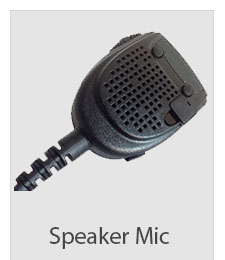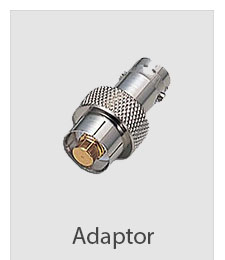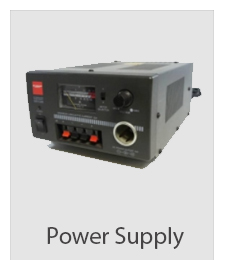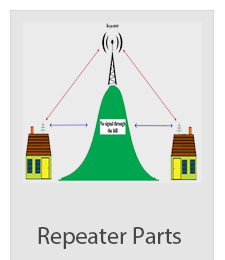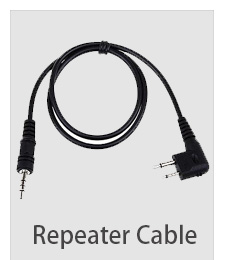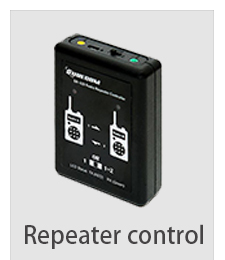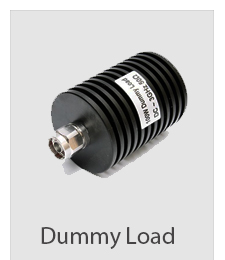In radio this device is also known as a dummy antenna or a radio frequency termination. It is a device, usually a resistor, used in place of an antenna to aid in testing a radio transmitter. It is substituted for the antenna while adjusting the transmitter, so that no radio waves are radiated, so that the transmitter does not interfere with other radio transmitters during the adjustments.[1] If a transmitter is tested without a load attached to its output terminals such as an antenna or a dummy load, the power will be reflected back into the transmitter, often overheating and damaging it. Also, if a transmitter is adjusted without a load, it will operate differently as compared with a load, and the adjustments may be incorrect.
The dummy load ordinarily should be a pure resistance; the amount of resistance should be the same as the impedance of the antenna or transmission line that is used with the transmitter (usually 50 Ω or 75 Ω).[2] The radio energy that is absorbed by the dummy load is converted to heat. A dummy load must be chosen or designed to tolerate the amount of power that can be delivered by the transmitter.[3] Typically it consists of a resistor attached to some type of heat sink to dissipate the power from the transmitter.
The ideal dummy load provides a standing wave ratio (SWR) of 1:1 at the given impedance.
Veterinarian-grade mineral oil, an inexpensive source for mineral oil, is frequently used by amateur radio operators as coolant in RF dummy loads.
 
|









